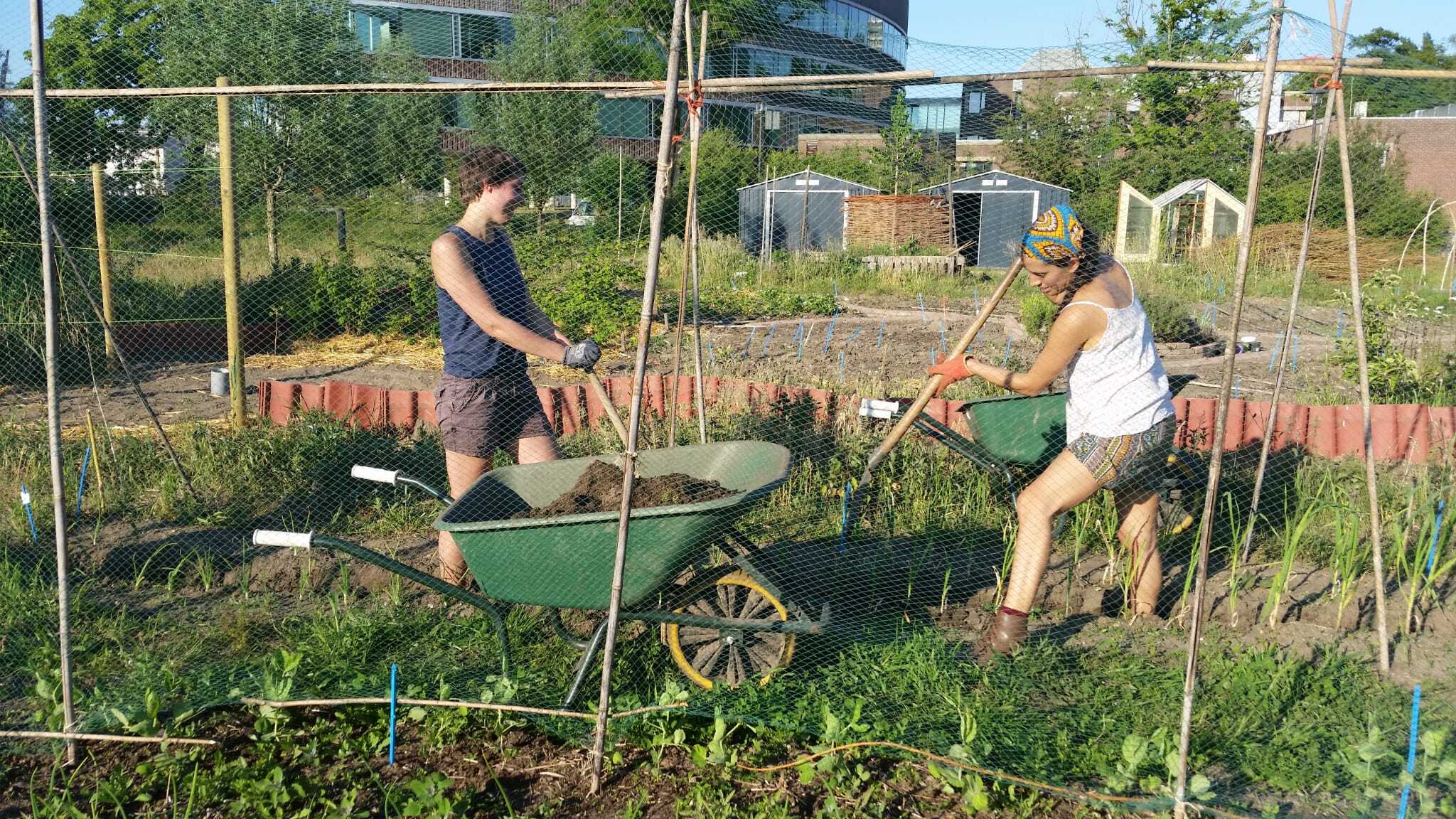The new method WUR researchers use to measure the effect of nitrogen deposits on nature will, as yet, not lead to amendments in government policy. Thus writes Carola Schouten, Minister of Agriculture, Nature and Food Quality (Dutch acronym LNV) in reply (links to Dutch content) to the questions submitted by Groen Links and PvdA. The minister feels the method has not matured sufficiently.
The questions were posed after an article on the Resource web page in which lead researcher Wieger Wamelink elucidates the research. The new method shows that a considerable portion of nature is affected before the critical threshold as determined in government policies is reached. This applies to half of the habitats that exist in the Netherlands.
Researchers say the new method provides reliable data on 37 of the 60 habitat types. This conclusion, however, was not included in the excerpt. The minister says the issue is with the word “reliable”. This has been replaced by the word “plausible” in the report.
Reality
According to the minister, no errors were found in the method, and the discovered dose-effect relationship is sufficiently ‘understandable’. ‘However, that does not mean that the results match reality with complete certainty. There is still much doubt on this issue.’ Lead author Wamelink does not share this doubt in the article.
Whether the new method will result in adjustments in the critical threshold for nitrogen remains to be seen. Nitrogen experts discuss this at a European level. The minister states that sections of the report have been submitted.

 Birch forest near Ede. Photo Shutterstock
Birch forest near Ede. Photo Shutterstock 



